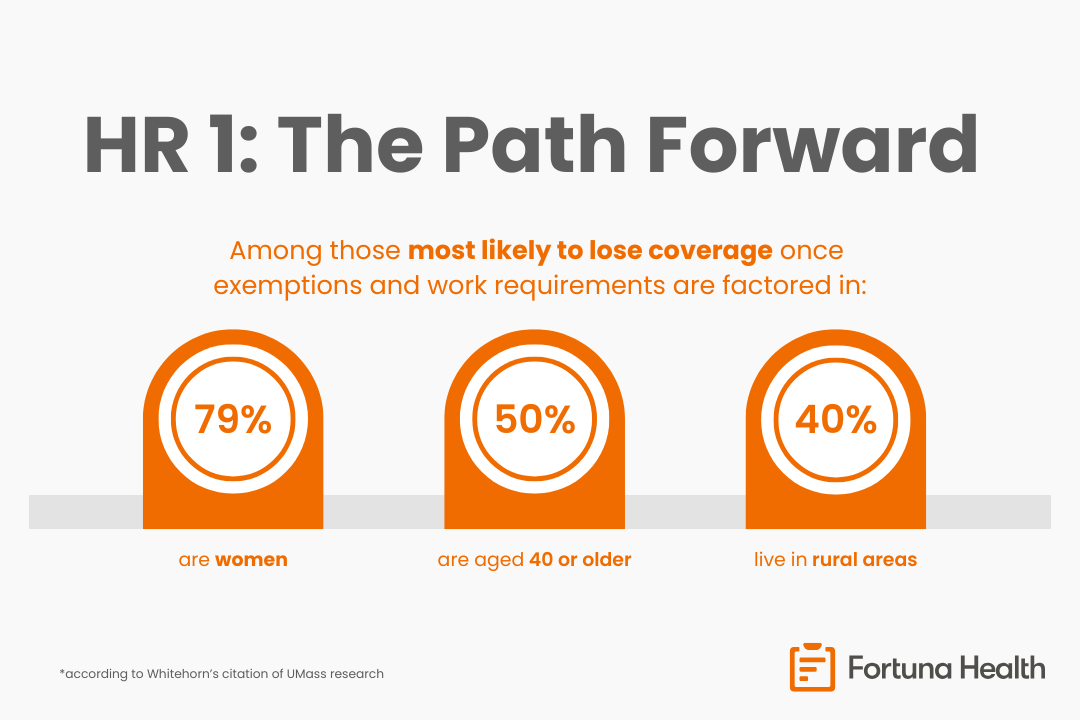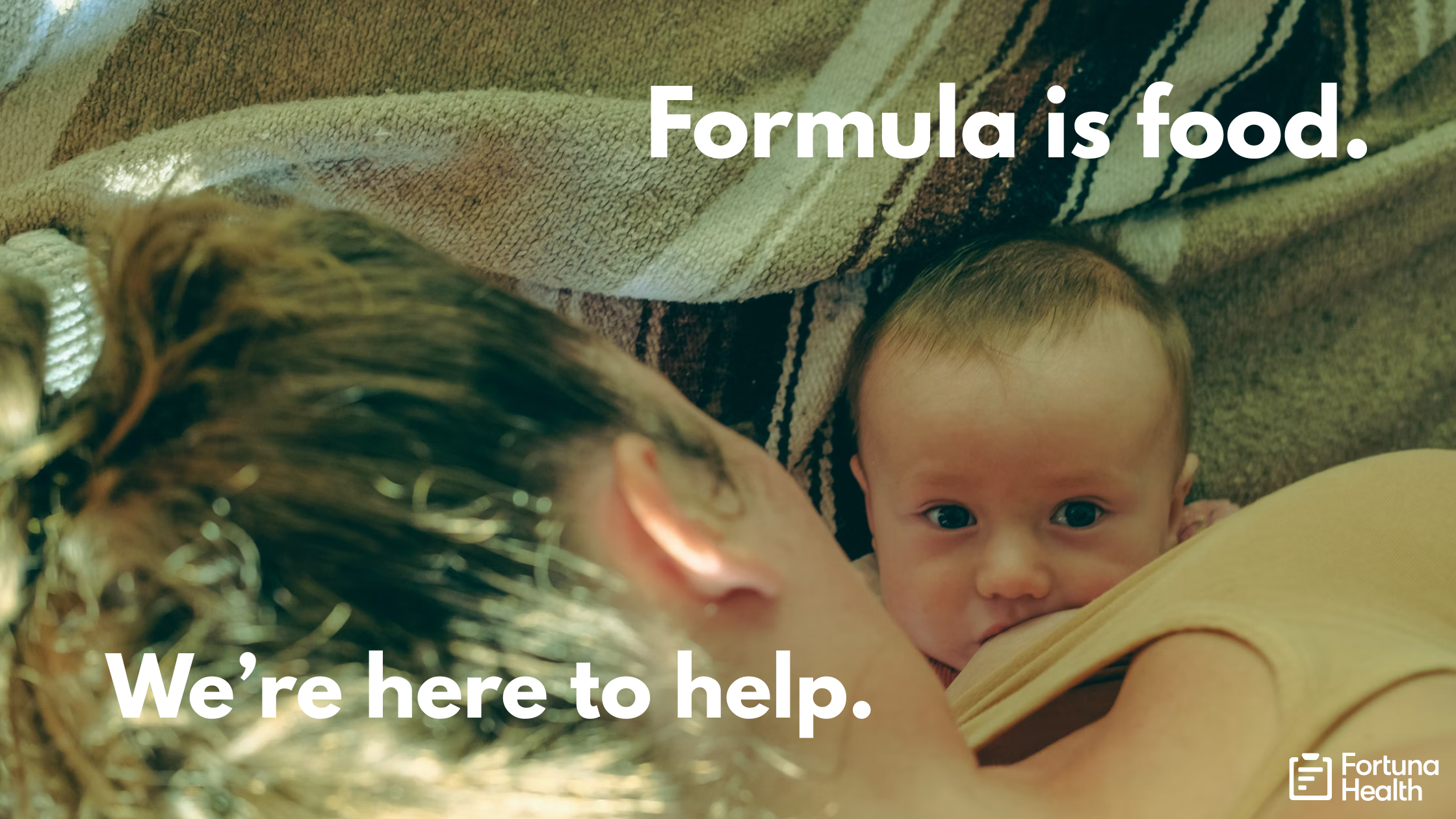Q&A with Melissa Sherry of Elevance Health

Q. You’ve had a wide-ranging career—from your early days at Johns Hopkins to your work at Unite Us and now at Elevance Health. What’s been your guiding North Star?
Early in my career, I received a job offer in pharmaceutical sales and knew that it felt completely misaligned with what I wanted to do. I remember telling my mom, "I want a job that feels like volunteering, where I’m genuinely helping people, but I also want to make a living doing it." That realization led me to public health, and it’s guided everything since.
I’ve always been driven by a sense of fairness. I was fortunate growing up, but I quickly realized how many people don’t start with the same foundation. That’s always felt deeply unjust to me, and I believe there are smart, compassionate, and cost-effective ways to help those in need. When you design interventions thoughtfully, you can create a positive impact for individuals and a return on investment for the system as a whole.
At Johns Hopkins, I learned that humility and trust-building are essential. One important lesson I learned there was about leveraging experts already in place versus trying to create new functions within healthcare systems. A local community leader once said to us, “We have been working in this community for decades leveraging community health workers (CHWs), why wouldn’t you hire us to do this work?” Thankfully, I had a receptive boss who said, “You know what? You’re right,” and we ended up partnering with the community and leveraging the expertise of local CHWs to do the work. Not only did we see great health outcomes as well as a strong return on investment from the program, but I also learned so much in the process. That moment taught me to listen first, especially to people with lived experience. Design should not happen to communities; it should happen with them.
Q. Health plans are making more investments in whole-person care, but models vary widely. How should plans balance short-term outcomes with long-term social investments?
We typically define whole health as an approach to healthcare that focuses on treating the whole person, rather than just specific symptoms or conditions. Elevance Health is moving beyond the traditional approach by working with our health plans to support this broader, whole-health approach. In both the long and short term, this means partnering to address physical, behavioral, and social needs to improve health, affordability, quality, and access for individuals and the communities they live in. A few examples include our Foundation’s recent announcement on our impact investing and our collaboration with HealthBegins on our “Social Needs Investment Lab (The Lab): A partnership to provide health equity.” The Lab takes a unique approach to improving population health outcomes by providing healthcare and community leaders with evidence-based insights into health equity and social needs investments.
When we invest in communities, and leverage evidence-based models to address social needs, there is compelling evidence that value is returned. There is robust evidence that addressing social needs reduces ED visits, preventable readmissions, and inpatient utilization - impacting quality and cost metrics. I Addressing whole health also impacts people and communities through improved health outcomes, member satisfaction and retention, especially when people feel seen and supported.
Q. What are some big lessons you’ve learned integrating medical and social services? Are there models more organizations should adopt?
One of the biggest lessons I have learned throughout my career is that local approaches matter to understanding resources available to help individuals with their needs, local context matters for engaging with people who need help. I am a fan of a centralized hub approach for collaborating with community organizations. Elevance Health utilizes this approach through our GroundGame Health (GGH) collaboration, which contracts with local community-based organizations to reach out to our members for social needs screenings and guide them to community services that can help them access the resources and support they need. We have also historically focused on ways to fund community-based organizations and work with them to help serve members, recognizing the important role we can play in resource availability in addition to screening and navigation.
Q. With so many funders involved from states to plans and systems, how should we think about sustainable funding models?
Health plans are often best positioned to lead—not just because they have resources, but ability to support access to care and resources, as well as streamline processes and so much more when members’ social needs are met. Grant funding is helpful to get started, but it’s typically not a sustainable model.
To address social needs in a sustainable manner, we need public-private partnerships and investment in community infrastructure and capacity. Plans should identify members’ social needs and provide the data infrastructure for community-based organizations to manage referrals and document the results. They should also support efforts to help members understand and access existing public benefits like SNAP, WIC, and housing vouchers.
I think we can learn a lot from innovation in Medicaid. For example, many states Medicaid agencies are exploring the effects funding social supports, like food, transportation, and social connection, among others. The results published to date show significant return on investment for Medicaid and highlight the importance of addressing social care needs as part of ongoing efforts to improve health outcomes and reduce costs of care.
Hospitals are also exploring solutions like food pharmacies or transitional housing, but they tend to have shorter term relationships with individuals than health plans. Plans are more structurally positioned for long-term, preventive investments. Provider systems can be engaged through incentives in value-based contracts e.g., paying for screening, referral, and closed-loop follow-up, but there is still room for plans, providers, and hospitals to better align these efforts to improve the health and wellbeing of individuals and communities.
Q. I know you’re working on several projects with an active focus on food-as-medicine. Can you share how you’re scaling food-as-medicine programming across Elevance Health’s portfolio?
Elevance Health is committed to food as medicine programming to address the critical role that nutrition plays in preventing and managing chronic diseases, improving overall health, and reducing healthcare costs. We work to apply this approach in everything we do, from prevention to treatment. This includes strategy implementation, a digital-first approach to food access and education, as well as building awareness about food’s impact on health, led by our Food as Medicine Director.
The strategy is focused on improving the health of members with chronic illness through programs that deliver nutritious, culturally relevant food. The really exciting part is that these programs also build sustainability by integrating cooking classes, nutrition awareness, and SNAP enrollment. People not only learn to eat healthfully with medically tailored groceries, but they also learn how to shop for nutritious foods and build meal plans so that they graduate from the programs with the skills to do it on their own. This collectively can lead to better health; that’s a definition of sustainable.
Q. How are you navigating the data challenges in social care?
There's no universal language or coding standard for most social data, although that is changing slowly. For example, one collaboration - The Gravity Project - is making progress creating a standard coding language for social needs and services, but it’s still early in development. Use of codes for social care-related services vary by state. There are so many challenges in collecting and using social care data at this point that have yet to be solved. For instance: after you identify that someone has a social need, how long is that data point relevant? Someone might screen positive for food insecurity today but get a job next week and have no issues with food security again for the near future, while another person may experience food insecurity for a much longer period. Additionally, repeat screenings that could help assess whether the needs are being met are uncommon for many reasons. So, do we use that datapoint after 3 months? 6 months? How long might the data be relevant and what timing makes sense to reconnect or rescreen an individual?
Our team examines the difference between transactional vs. transformational need resolution and is developing solutions to incentivize addressing transformational needs. For example, if we deliver a food box, that’s what I would call transactional as it addresses the immediate need, but not necessarily the underlying problem. If someone enrolls in SNAP, that’s more transformational as it is a longer-term solution to mitigate an individual’s food insecurity. Of course, an example of truly transformational need resolution would be a person getting a job that pays to be food secure in their community. Our goal is to prioritize and reward addressing needs in a transformational way, and we’re working to define how we capture that data and reflect it in payment models.
Q. What made your community partnerships most successful? And what are common pitfalls?
A. One of my favorite learning experiences in a previous role was when we asked community health workers to document their work in ways that made clinical sense, but not practical sense, which created friction. However, we learned valuable lessons, and we collaborated with our community partners to produce a solution that did not solely direct them to a medicalized model. We saw great results from the program where people engaged with community health workers and other services provided in the program experienced health improvements.
The takeaway? You need local insight, but you also need shared standards and coordination. And most of all, you need to start by listening.
Q. Thanks Melissa for your stories and insights. Any closing thoughts?
A. We should embrace opportunities for innovation and trying new things alongside seeking ROI. Valuing social care investments for their potential to address fundamental needs and enhance overall health brings long-term benefits that extend beyond immediate returns.
Ultimately, investing in people pays off. We have the data and the stories to prove it. However, we also need humility, patience, and policies that reward doing the right thing even when it takes time to show up in the numbers.







